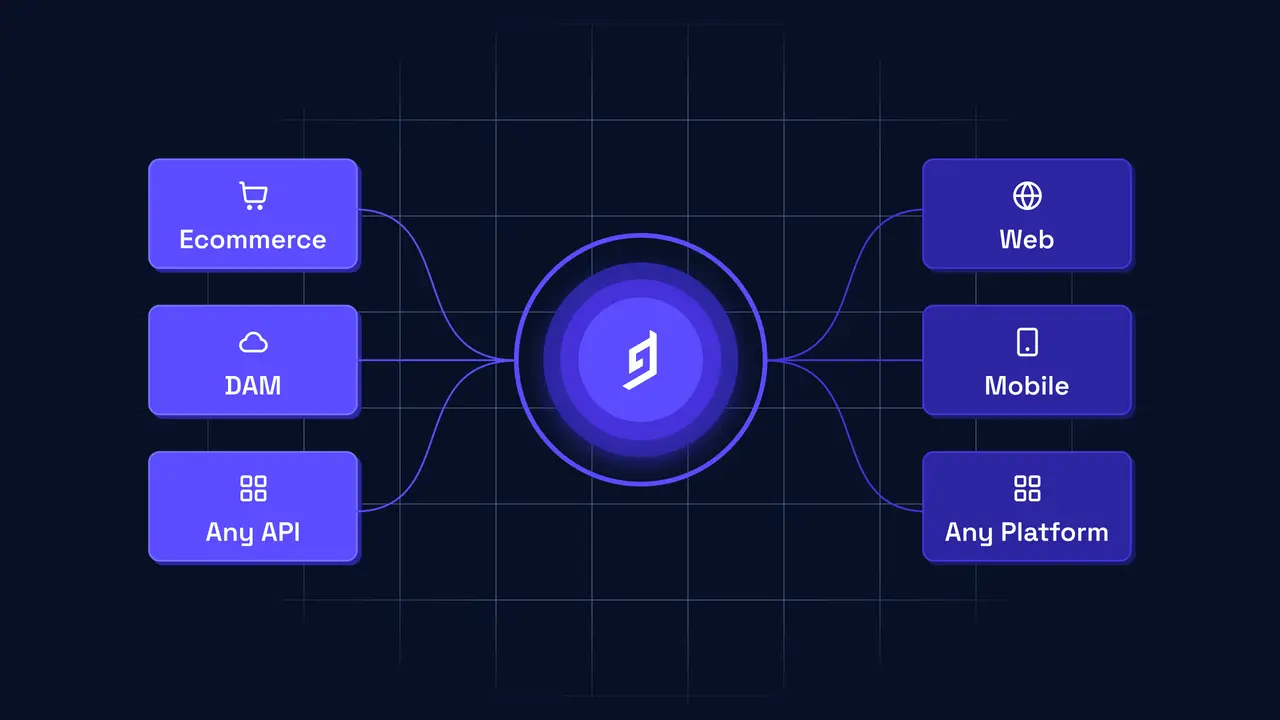Technology has made powering businesses, industries, and homes critical in today’s world. For excellent operation, industrial plants, data centres, healthcare facilities, advanced manufacturing units, and other high-demand systems rely upon nonstop use. An interruption in the power supply not only leads to operational lags but can also lead to huge losses, safety concerns, and, in some cases, catastrophic data failure.
It’s about more than having power—it’s about ensuring that the power is consistent and high-quality in a way that keeps our critical systems running. Here’s a closer look at achieving power stability and the strategies required to ensure smooth functioning for heavy, energy-intensive systems.
The Importance of Stable Power Supply
Data processing requires power stability, an essential prerequisite for maintaining operations dependent on sustainable output. For example, data centres need to keep servers running at proper capacity without interruptions, and hospitals need consistent power to operate life-saving devices. In short, power instability can lead to data loss, machine damage, productivity loss, and safety hazards.
In addition, power slate fluctuations—such as voltage dips, surges, and power interruptions—can damage sensitive equipment, which may require costly repairs or replacement. Solutions to these issues involve modern infrastructure, preventative maintenance, and new technology.
Key Components of Power Stability
Concentrating on a few key components that play a crucial role within the power supply is necessary to secure the power stability of high-demand systems.
Reliable Power Infrastructure
Reliable and well-maintained infrastructure is the basis of power stability. Transformers, circuit breakers, and distribution networks are designed to handle the load and fluctuations of high-demand systems.
Periodic assessments of the entire electrical infrastructure are essential to discover weak points or old components that might endanger the stability of the power supply. Frequently, this means upgrading to newer systems with greater capacity and reliability to accommodate a growing energy demand.
Backup Power Solutions
It is essential to have backup power systems to reduce the impact of power outages. Uninterruptible power supplies (UPS), standby generators, and similar systems help keep crucial operations running when the electricity goes out.
Three phase UPS systems provide backup power during brief outages and prevent damage to delicate equipment. Meanwhile, generators are made for a long time to power back up, and they can keep working until the primary power source comes back.
A second or redundant power source provides another layer of security, so even if one fails, another can smoothly exist.
Advanced Energy Management
Advanced energy management technologies can have a significant impact on high-demand systems. These systems enable real-time control of monitoring, analysis, and energy consumption optimisation.
Energy management software can pinpoint inefficiencies, predict potential problems, and enable immediate corrective actions if something goes wrong. Companies can use such tools to monitor equipment performance and energy use in manufacturing or to prevent equipment from running beyond its optimal capacity and subsequently straining the system.
Managing Power Quality
To ensure a stable power supply, there needs to be more than an insufficient supply; the power must also be high quality. Poor-quality electric power can lead to equipment malfunction, a short lifespan, and high operational costs.
Voltage Regulation
Voltage variations are commonly a problem in demanding systems. Voltage level regulators or stabilisers are responsible for maintaining constant voltage levels of the equipment to ensure it receives the necessary power to perform effectively.
Harmonic Mitigation
Such non-linear loads (as variable-speed drives and rectifiers) will produce harmonic distortions in poorly designed power systems. Common side effects of harmonic distortions include overheating, equipment damage, and higher energy bills. The risks above can be understood and significantly reduced with harmonic filters or systems with harmonic mitigation design in focus.
Surge Protection
Power surges (caused by lightning strikes or switching events) can damage equipment and disrupt operations. Surge protection devices (SPDs) protect critical systems by absorbing excessive energy and keeping them from reaching connected equipment.
Renewable Energy Integration
As we continue to move towards sustainability, the renewable sector has become an option for providing energy to the grid in a less environmentally invasive way.
Solar and Wind Energy
Solar panels and wind turbines offer clean energy to assist or replace conventional power sources for high-demand systems. These solutions are especially advantageous for operations located off-grid, where access to the grid is limited.
Energy Storage Systems
Battery energy storage systems (BESS) capture excess energy produced when supply exceeds demand and release energy during peak demand or when the grid goes down. High efficiency, scalability, and reliability are seen in advanced battery technologies such as lithium-ion and flow batteries.
Proactive Maintenance and Monitoring
Prevention is critical to ensuring the stability of power. Routine power infrastructure maintenance, backup systems, and monitoring tools can significantly reduce the potential for unforeseen accidents.
Predictive Maintenance
Predictive analytics help businesses spot problems before they become big headaches. For instance, Internet of Things (IoT) sensors and diagnostic tools connected to machines monitor equipment performance in real time and provide alerts for any abnormalities.
Routine Testing
When maintenance backup systems such as generators and three phase UPS units are tested, they ensure proper functioning when needed. They can even provide insight at regular intervals into what issues must be solved promptly.
Industry-Specific Considerations
Based on operating needs and energy consumption patterns, companies from different industries require varying power stability.
Data Centres
Data centres need tight temperature control, redundant power supplies, and backup systems to provide continuous service. These machines sometimes use advanced cooling systems and power distribution units (PDUs) to help them use energy more effectively and ensure system stability.
Healthcare
Power stability is essential to hospitals and medical facilities for life-saving equipment, diagnostic tools, and patient care systems. Regulatory compliance and automatic transfer switch (ATS) integration are necessary for these environments.
Manufacturing
The initial drivers primarily surround industries that use heavy machinery and automation systems. These systems eventually demand stable power to function and consequently sabotage production and safety. Smart grid technologies and microgrids are paving the way for improved stability.
Planning for Future Energy Needs
With high-demand systems, energy requirements will increase alongside evolving technology. To stay resilient, businesses and facilities must prepare for future energy needs by investing in scalable solutions and keeping pace with technology.
Advanced power reliability solutions comprise future-ready solutions such as smart grids, AI-enabled energy efficiency management, and increased Internet of Things (IoT) device integration. AI systems are also subject to much greater control, flexibility, and efficiency than technology could offer up until this point.
Conclusion
Power stability is the paver of efficient operation for high-demand systems. Thus, businesses can have uninterrupted functionality, and operators are enabled to mitigate risks through a combination of dependable infrastructure, sophisticated management, quality assurance, and renewable energy sources. This lowers risk and contributes to stability, and proactive planning and maintenance prepare operations for both existing issues and future energy challenges. These measures will guarantee operations continuity and promote growth and sustainability in an energy-dependent world.
Meta Description: Learn practical strategies to maintain power stability for high-demand systems and keep operations running seamlessly.










